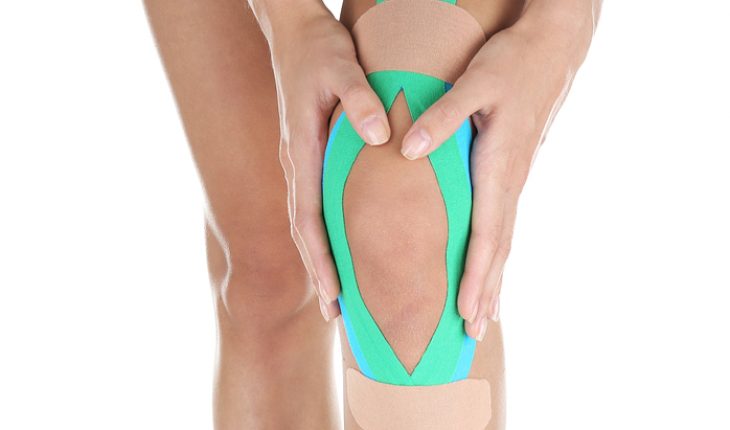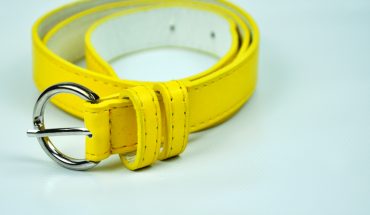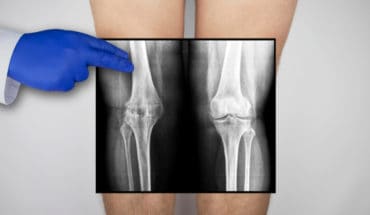Poor outcomes from complex knee injuries can often be minimised if the specialist referral is made within a six-week window.
This means that sports enthusiasts, such as runners, rugby players, tennis players, footballers and skiers may not have to be affected by their injury and could return to their sport more quickly and efficiently. The same also applies to a range of shoulder injuries, including rotator cuff tears and acromioclavicular joint injuries. The likelihood of poorer, long-term outcomes with reduced mobility, pain, stiffness and instability can increase if this referral window is delayed.
Not enough adults in the UK are aware of this recovery window. As a specialist, the last thing we want to see is a patient being treated for a minor injury for months or years without a definitive diagnosis, who is still suffering. Yet delayed referrals, unknown diagnoses and lack of appropriate guidance for patients can lead to long-term complications.
This is not just affecting individual traumas, but national statistics across the country with more knee ligament injuries now occurring every year. Some ligaments can be extremely sensitive, and those who are physically active are more likely to suffer a ligament tear during exercise.
In our speciality, we see this particularly amongst footballers and obviously skiers in the winter season. The knee ligament that causes the most concern for specialists is the anterior cruciate ligament, which represents a major injury to the knee and can be associated with other damage around the area, such as medial collateral ligament injuries and cartilage injuries.
Whilst these injuries are common and are usually relatively easily repairable, there can also be risks of complication and poor outcome if the ligament and/or other soft tissue injury is not diagnosed within an appropriate time frame with relevant treatment and advice given.
Acute soft tissue injuries of the knee can frequently be underestimated in an A&E setting where they may only be investigated with X-rays, yet they do represent a serious injury and urgent referral is required for an appropriate assessment.
The ideal treatment for these injuries is an early appropriate brace, early specialist referral, correct imaging and then either the appropriate physiotherapy or rehabilitation programme or reconstructive surgery.
Generally, any reconstruction is carried out only once the swelling in the knee has subsided and the range of movement been restored. Surgery normally takes the form of arthroscopic cruciate ligament reconstruction – ideally to repair, rather than to remove meniscal tears.
I sadly often see patients whose injuries have become more complicated because they have not been referred early enough to a specialist who can accurately diagnose the extent of the damage.
A timely referral is certainly the most effective way of treating a sports injury and can help prevent complications further down the line.
- Bunions are not caused by shoes - 18th May 2017
- Knee injuries: The importance of a quick referral - 19th December 2016






